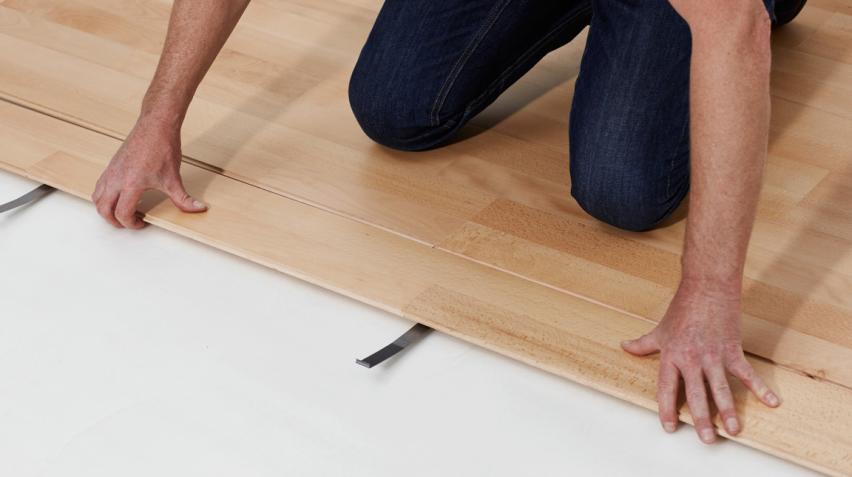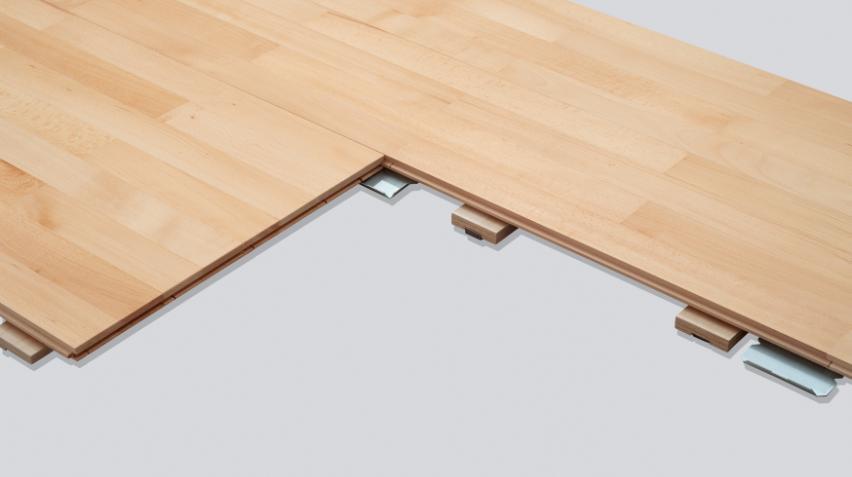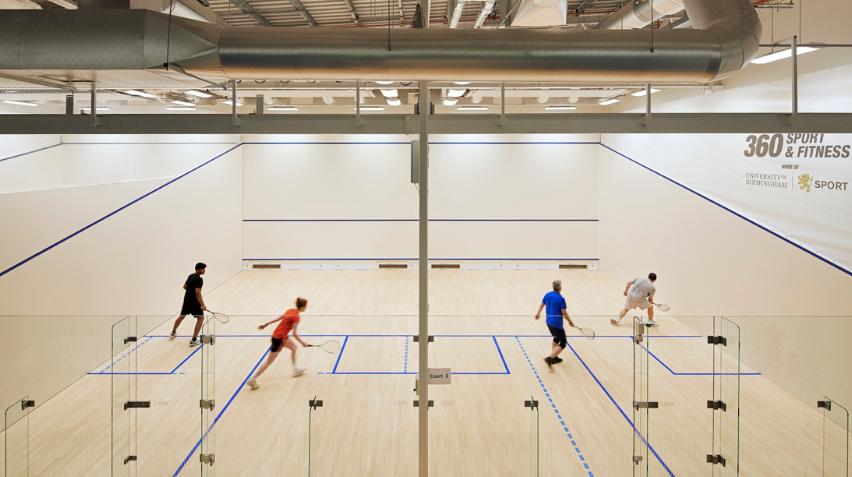Standard Gym Floor Sizes by Sport and Facility Type
Selecting the right gym floor size is a critical step in designing sports and fitness facilities that are safe, functional, and fit for purpose. This guide provides a clear overview of standard gym floor dimensions for major indoor sports—including basketball, volleyball, badminton, and more—along with practical considerations for different facility types. Whether you’re planning a sports hall, fitness club, or school gymnasium, you’ll find straightforward guidance to help ensure your space meets official requirements, supports versatile usage, and delivers long-term value.
Understanding Gym Floor Dimensions: Key Considerations
Selecting the right gym floor size is essential for creating a safe, functional, and future-ready facility. How big is a gym floor? The answer depends on several factors, including the types of sports to be played, the intended usage of the space, and critical safety requirements. For building owners and facility managers, careful planning ensures the gym floor meets official guidelines and supports a broad range of activities, while also providing long-term value and adaptability. Key considerations include:
- Sport-specific requirements: Each sport demands different floor dimensions and safety zones.
- Multi-use potential: Many gyms host various activities, so flexibility is important.
- Compliance and safety: Following industry standards such as EN 14904 is crucial for user safety. For an overview of high-performance, FIBA-certified sports flooring systems in both fixed and portable solutions, visit Junckers sports flooring.
- Space for future needs: Planning for evolving sports trends or community use can help future-proof your investment.
Standard Court Sizes for Popular Indoor Sports
How big is a gym floor for different sports? Each indoor sport has its own standard court size, which influences the overall floor plan. Below are the typical dimensions for the most common sports:
Basketball Court Dimensions and Gym Floor Requirements
Basketball courts require significant space. The official size for a regulation basketball court is 94 feet by 50 feet (4,700 square feet). For schools and community gyms, slightly smaller courts are sometimes permitted, but it’s essential to allow for additional safety zones, typically 3–10 feet on all sides, to protect players and accommodate movement around the court. Inspiration for basketball flooring installations and project references can be found in Junckers case studies.
Volleyball, Badminton, and Other Sports: Size Guidelines
- Volleyball: A standard court measures 60 feet by 30 feet (1,800 square feet).
- Badminton: The official court size is 44 feet by 20 feet (880 square feet).
- Indoor tennis: Standard dimensions are 78 feet by 27 feet (2,106 square feet) for singles play.
- Pickleball: Like badminton, a pickleball court is 44 feet by 20 feet.
When designing a gym floor for multiple sports, it’s important to account for overlapping court markings and additional buffer zones to ensure safe, simultaneous play.
How Big Is a Gym Floor for Schools, Fitness Clubs, and Arenas?
Facility type has a significant impact on how big a gym floor should be. Here’s how standard sizes vary:
- Schools: Typically, a school gym is designed to fit a full-sized basketball court with extra space on all sides, resulting in floor dimensions around 110 feet by 60 feet. This allows room for bleachers, safety zones, and multiple sports.
- Fitness clubs: Gym floors in health and fitness clubs are more varied, as they may include specific zones for group classes, strength training, or cardio areas. These spaces are designed for durability and easy maintenance, often with adaptable layouts.
- Arenas and multi-purpose halls: Large venues may require even more expansive floors to accommodate spectator seating, event staging, or additional sports.
How Big Should a Gym Be for Multi-Use Facilities?
Multi-use gyms are designed for flexibility. A minimum recommended gym floor size is often 110 feet by 60 feet, but larger spaces offer more versatility for hosting tournaments, community events, and simultaneous activities. When planning, consider:
- Adjustable court markings for different sports
- Movable bleachers or partition walls
- Extra clearance for equipment and traffic flow
Special Considerations for Gyms in Health and Fitness Clubs
Fitness clubs benefit from dedicated zones for various activities. Key design features include:
- Areas for group fitness classes (often 1,000–2,000 square feet)
- Strength and weightlifting zones with reinforced flooring
- Cardio equipment spaces with appropriate surface friction
- Convenient circulation paths between zones
For multi-functional and portable sports floor options designed to meet the demands of fitness clubs, see portable sports floor solutions.
Optimizing Layout and Safety in Gym Floor Design
A well-planned gym layout goes beyond just the courts. Safety and usability are paramount:
- Safety zones: Maintain a recommended clearance of 3–10 feet between courts and walls.
- Spectator areas: Allocate space for bleachers or seating, ensuring safe passageways.
- Access and circulation: Design entryways, exits, and walkways for smooth flow.
- Compliance: Ensure your gym floor system meets standards such as EN 14904 for indoor sports surfaces.
Careful attention to layout helps protect users, streamlines movement, and adds to the facility’s long-term value.
Choosing the Right Gym Floor System: Fixed vs. Portable Solutions
Selecting the right gym floor system is a key decision in how big and how versatile your gym can be:
- Fixed floor systems: Ideal for sports halls, multi-purpose halls, and arenas. Junckers offers options such as DuoBat 120+, UnoBat 78+, UnoBat 62+, UnoBat 53/68/80, UnoBat 45, and the Clip System.
- Portable floor systems: For temporary or flexible needs, Junckers' Arena Master portable wood floor offers robust performance with easy transport and installation. These portable floors can feature pre-printed markings and branding, supporting fast event turnaround and repeated use.
Both options are engineered to support player safety, deliver top performance, and meet official regulations.
Customization Options and Finishes for Gym Floors
The look and feel of your gym floor are just as important as its size. Junckers provides a wide range of customization choices:
- Wood species: Choose from beech, ash, or maple. See the options here.
- Gradings: Select Champion for uniform appearance, Premium for natural variation, or Club for rustic character.
- Finishes: Factory-finished with lacquer or oil, or left untreated for a custom finish.
- Personalization: Line markings applied on-site; portable floors can include sponsor logos and graphics.
These options allow you to match your gym floor to your facility’s brand, functional needs, and aesthetic vision.
Ensuring Long-Term Value: Durability, Maintenance, and Certification
A gym floor is a significant investment, so durability and ease of maintenance are crucial:
- Solid hardwood construction: Junckers floors use 22 mm solid hardwood for exceptional longevity and stability.
- Minimal maintenance: Prefinished surfaces are easy to clean and maintain, reducing facility downtime.
- Certified quality: All floors meet EN 14904 standards for sports performance and can be supplied with FSC certification. For life cycle and environmental documentation, see Junckers EPD.
A well-chosen, properly maintained gym floor supports safety, performance, and cost-efficiency for years to come.
Contact Junckers for Expert Guidance on Gym Floor Sizing
Planning a new gym or upgrading your current facility? Our experts are ready to help you determine how big your gym floor should be and select the right floor system for your needs. Whether you manage a sports hall, fitness club, or private gym, Junckers provides technical advice, product recommendations, and full documentation to support your project from start to finish.
Contact the Junckers team for tailored consultation and support.
Frequently Asked Questions About Gym Floor Sizes and Planning
How big is a gym floor for a standard school gym? add
Most school gymnasiums feature a floor of around 110 feet by 60 feet, accommodating a full basketball court and extra space for other activities.
How big should a gym be for group classes or fitness training? add
Group fitness rooms are typically 1,000–2,000 square feet, while larger fitness studios may require more space depending on class size and equipment.
Can one gym floor support multiple sports? add
Yes, with careful planning and appropriate line markings, your gym floor can support basketball, volleyball, badminton, and more—all within a single space.
What is the recommended clearance for safety zones? add
A clearance of 3–10 feet between the court boundary and any walls or bleachers is advised to ensure player safety.



